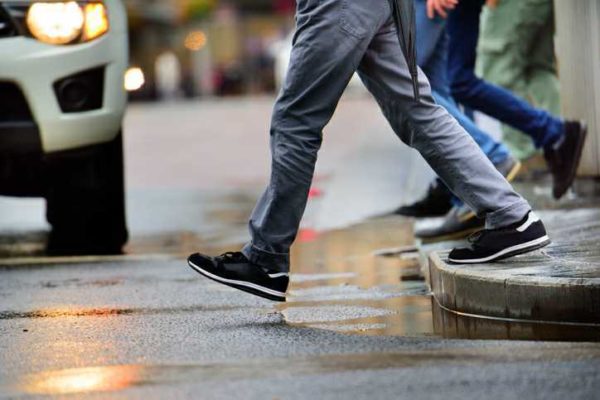Is Georgia one of the worst states in the country for pedestrian safety?

Pedestrians are the most susceptible to severe injuries and fatalities caused by negligent drivers. Unlike motorists, they don't have the protection of airbags and seat belts. And compared to many motorcyclists and bicyclists, they're not equipped with helmets and other protective gear.
Where does Georgia stand when it comes to pedestrian safety?
The bad news is Georgia is still one of the five states where 47 percent of pedestrian fatalities occur — along with California, Arizona, Texas, and Florida.
The good news is Georgia had a 16 percent decrease in pedestrian fatalities from 2018-2019, based on preliminary data from the Governors Highway Safety Association (GHSA). There were 116 pedestrian deaths from January-June in 2019 — down from 137 during the same period in 2018.
Nationally, the number of pedestrian fatalities rose by 53 percent from 2018-2019, according to the GHSA report.
What kinds of non-fatal injuries do pedestrians get in accidents?
The severity of pedestrian injuries may depend on these factors:
- Speed and impact of the crash
- Angle at which the pedestrian was hit
- Size and weight of the vehicle involved
- Part of the body that was most affected
Those who survive pedestrian accidents often sustain:
- Traumatic brain injuries: Head injuries are very common in pedestrian accidents. Some involve concussions and mild traumatic brain injuries (TBIs) — both of which people usually recover from. Other times, pedestrian accidents can result in severe TBIs that can cause life-long brain damage.
- Broken bones: The impact of a pedestrian accident can cause broken bones in the limbs, spine, ribs, hips, and other body parts.
- Spinal injuries: Pedestrians may sustain spinal injuries due to damage to the vertebrae, discs, nerves, and spinal cord. Spinal injuries often result in severe pain, tingling, and numbness in the back and limbs. Some spinal injuries can also cause a disability, such as loss of mobility and loss of bowel or bladder control.
- Soft tissue tears and sprains: Damage to the muscles, tendons and ligaments is often caused by pedestrian accidents.
- Crushed limbs and amputations: Pedestrians may sustain crushed limbs or amputations after a body part has been pinned or crushed. Loss of a body part often causes life-long disability and emotional trauma.
- Paralysis: A severe injury to the spine or brain can result in paralysis, a complete loss of muscle control in the affected part of the body.
The leading cause of pedestrian accidents
There is a lot of speculation as to what causes pedestrian accidents. Risk factors may include:
- The time of day — the majority of pedestrian accidents tend to happen when it's dark.
- Roadway infrastructure — pedestrians are more likely to get hit in areas that lack crosswalks, sidewalks, and favor vehicular traffic.
- Roadway conditions — limited visibility (caused by fog and rain) and slippery road conditions may be a factor in pedestrian accidents.
Contributing factors aside, the real cause of pedestrian accidents is driver error. Even when conditions aren't favorable, drivers are still expected to stay attentive, obey all traffic laws, and drive at a speed that is reasonable and prudent.
If you or a loved one was hit by a car while walking because a driver failed to act responsibly, you may be entitled to compensation. Contact our Atlanta law firm online to find out how.

 Find a location near you
Find a location near you